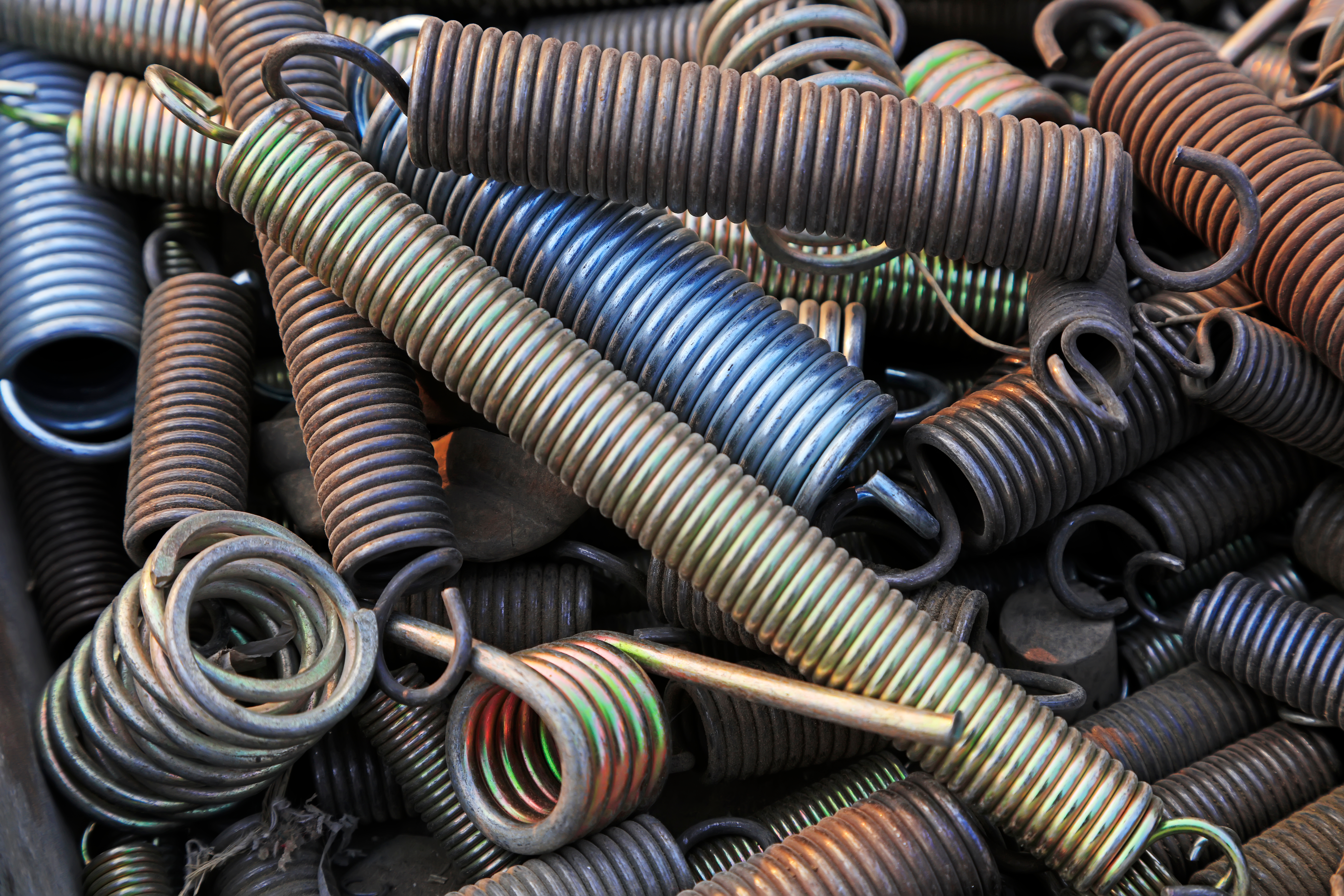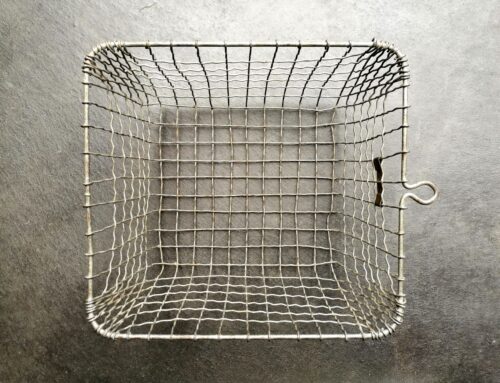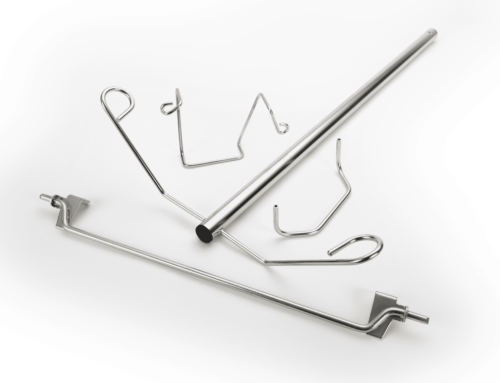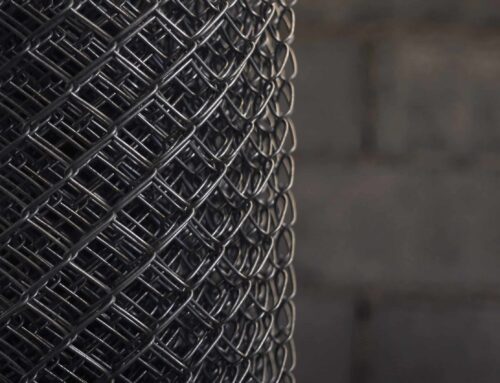Stainless Steels
Stainless steel is a type of iron alloy containing 10.5% chromium which is the minimum amount to impart corrosion resistance to the metal. Other alloying elements such as nickel, manganese, and molybdenum are present to enhance their corrosion resistance and mechanical properties. Corrosion resistance is achieved by creating a thin film of metal oxides that acts as protection against corrosive materials. There is a wide array of stainless steel grades available but only a few are used in spring manufacturing.
- Austenitic Stainless Steels, 300 Series: These are stainless steels with an austenitic crystalline structure that is achieved by alloying nickel. Because of their austenitic structure, they are not hardenable by heat treatment. Their hardness and high tensile strength are acquired through cold working. Its main alloying elements are nickel and chromium which have concentrations ranging from 8 to 11.5% and 17.5 to 18.5%, respectively. 300 series stainless steels used for springs are grades 301, 302, 304, and 316.
- Martensitic Stainless Steels: These steels are alloyed by chromium and molybdenum for corrosion resistance with a low percentage of nickel. They have a lower chromium content that ranges from 12.5 to 17%. Thus, they have lower corrosion resistance than austenitic stainless steel. The advantage of using martensitic stainless steel is its ability to harden through heat treatment. Popular grades for making springs are 420 and 431.
- Precipitation Hardening Stainless Steels: Precipitation hardening is a heat treatment process that significantly enhances the mechanical properties of the material. On top of that, the heat treatment process can be optimized which is important to balance hardness and ductility. Typical grades used are martensitic 17-4PH and semi-austenitic 17-7PH.
Carbon Steel
Iron in itself is a soft metal. Alloying it with carbon increases its strength and hardness. Its carbon content can range from 0.05 to 0.30% for mild steels and 0.30 to 1.70% for high carbon steels that can still respond to heat treatment. Enumerated below are some of the steels used as spring materials.
- Music Wire (ASTM A228): This is the best carbon spring steel material. Music wires have high tensile strength, high elastic limit, and high fatigue resistance. These superior mechanical properties are imparted by patented cold work drawing the wire through dies. Its surface is coated with a liquid tin solution during cold work which creates an excellent surface quality ready for secondary processes such as electroplating. They are typically used to make small springs subjected to high loads and cyclic conditions.
- Oil-tempered (ASTM A229 Class I and II): These carbon steels with good quality characterized by black or gray color. Oil-tempered spring steels have comparable mechanical properties with music wire and are used in most applications where the cost of music wire is impractical.
- Hard-drawn (ASTM 227): These are the cheapest of the spring materials with inferior qualities compared to music wire and oil-tempered steels. Hard-drawn wires are also cold worked similar to music wires, but the drawing process used is less controlled than that of music wires.
- High-Carbon Valve Spring Steel (ASTM A230): These are high-carbon steels with uniform quality and temper. They are drawn the same way as oil-tempered steels, but their heat treatment is more controlled. As the name suggests, they are used as valve springs in automotive and aircraft engines which require corrosion resistance, fatigue resistance, and good performance at high temperatures.
Alloy Steel
These are steels with additional alloying elements such as chromium, vanadium, phosphorus, and silicon. Each element enhances different properties of steel such as strength, hardness, and machinability.
- Chromium-Vanadium Valve Spring Steel (ASTM A232): Chromium-vanadium steel alloys have the highest quality among the alloy steels in terms of valve spring applications. These are available as annealed, cold-drawn, or oil-tempered wires. Springs made from these alloys are used in high fatigue, high shock loadings. Their service temperatures are higher than high-carbon valve springs.
- Chromium-Silicon Alloy (ASTM A401): These are available in cold-drawn or oil-tempered conditions. Chromium-silicon steel alloy can be heat treated to high hardness without losing much ductility. They are suitable in high impact loadings such as firearm recoil springs.
CONTACT ACME WIRE PRODUCTS
Acme Wire Products has designed, recommended, and manufactured custom wire components for customers in many diverse markets. We offer the benefit of our almost 50 years of experience in the manufacture of component parts for hardware, medical & lab equipment, cable management, sporting goods, firearms, furniture, guarding, HVAC, pharmaceutical, automotive, optical, and food service, and processing industries.
Acme Wire’s designers work with our customers to create a wire component that will provide the greatest functional value. The design of wire products such as levers, handles, supports, rings, guards, baskets, trays, grids, frames, and shelves is limited only by one’s imagination (and the limitations of technology).
Contact Acme Wire Products to assist you in determining the wire product best suited to your requirements!
Call Acme Wire Products at 1-800-723-7015 to get started.
Acme Wire Products Co., Inc. – Mystic, CT
Fax – 860-572-9456





